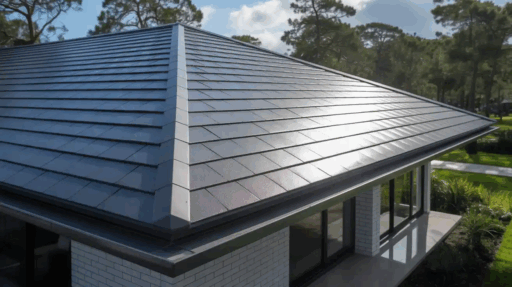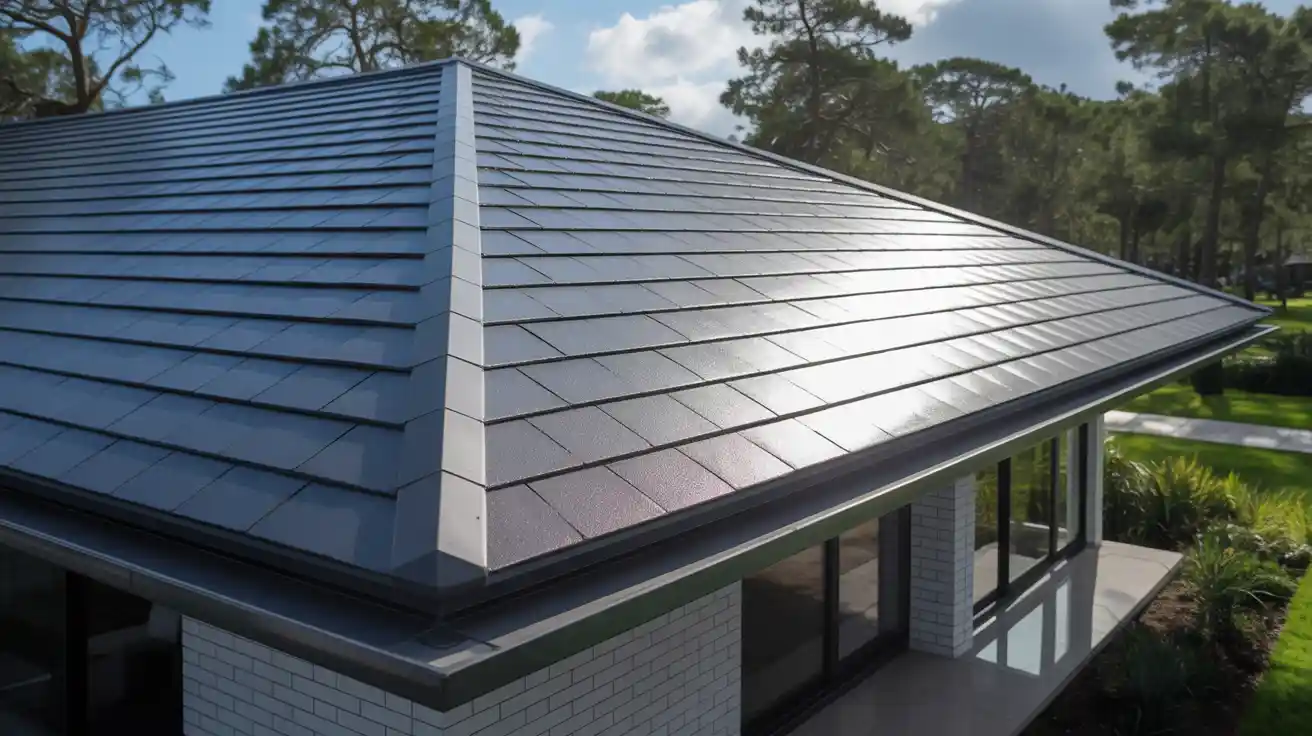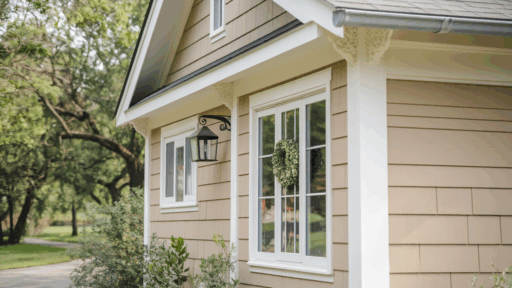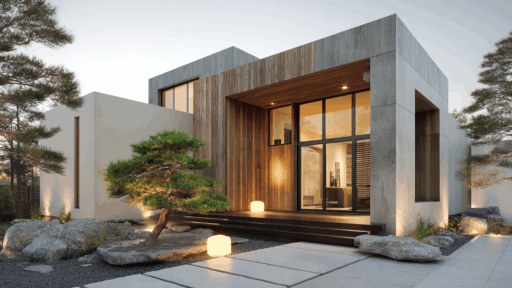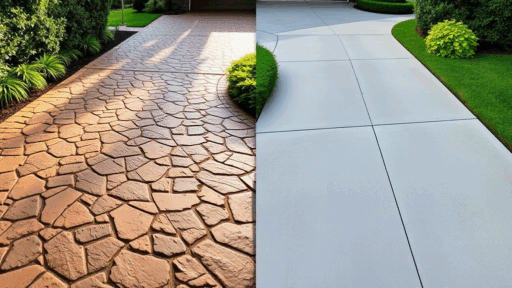In an era of increasingly unpredictable weather patterns, homeowners are seeking innovative solutions to protect their most valuable asset.
Impact-resistant roofs emerge as a cutting-edge defense mechanism against nature’s fury, offering unprecedented protection from hail, wind-blown debris, and severe storm damage.
These advanced roofing systems go beyond traditional materials, incorporating specialized technologies that absorb and deflect potential impacts, ultimately extending the lifespan of your home’s critical protective layer.
What is an Impact-Resistant Roof?
An impact-resistant roof is specially designed to withstand physical damage from external forces like hail, falling branches, and wind-blown debris.
These roofs are built using tougher materials such as asphalt shingles with rubber-like polymers, metal panels, or tile systems that absorb impact without cracking or breaking.
The primary goal of an impact-resistant roof is to extend the roof’s lifespan and minimize costly repairs after severe weather events.
To standardize quality, the UL 2218 impact rating scale is used, ranking roofs from Class 1 (lowest) to Class 4 (highest).
A Class 4 rating means the material has shown the highest level of resistance to damage under controlled impact tests, making it ideal for storm-prone areas.
Pros and Cons of Impact-Resistant Roofing
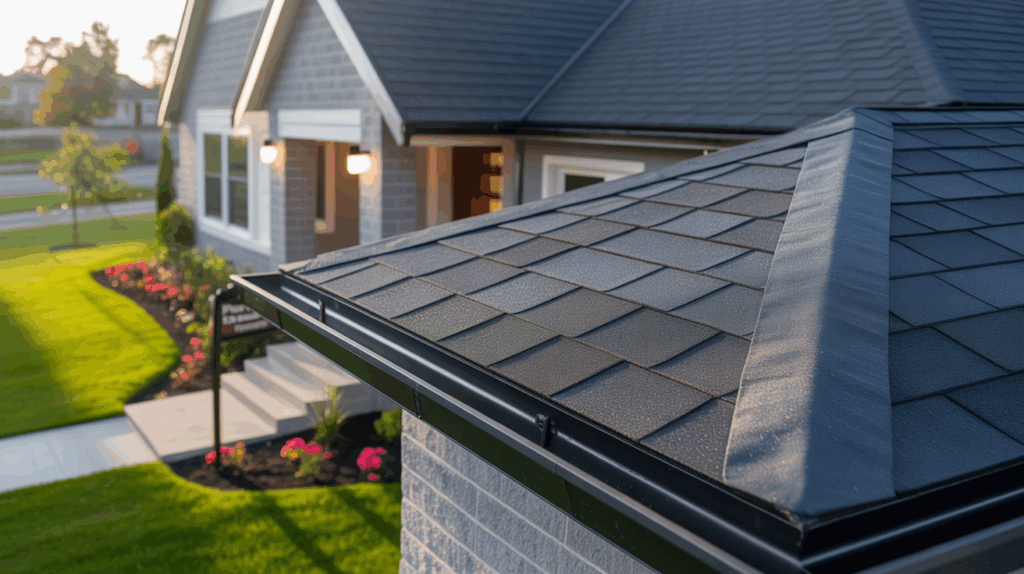
Choosing an impact-resistant roof can offer both practical and financial benefits, but it’s important to weigh the drawbacks as well.
The table below outlines the key advantages and disadvantages to help you make an informed decision.
| Advantages | Disadvantages |
|---|---|
| Enhanced protection from hail and storms | Higher upfront cost |
| Potential insurance premium discounts | Limited availability in some regions |
| Longer lifespan compared to standard shingles | Potential issues with insurance claim validation |
| Higher resale value for the property | Aesthetic limitations depending on the material |
While impact-resistant roofing adds a strong layer of defense for your home and may improve its market value, consider your location, budget, and insurer policies to determine if it’s the right choice for you.
Understanding Class 3 Shingles
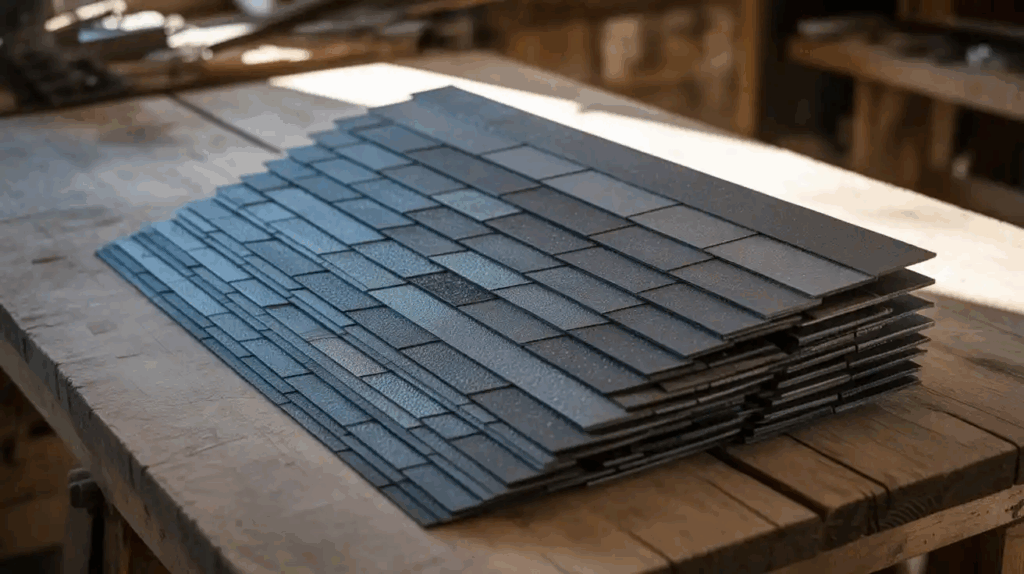
Class 3 shingles are a type of asphalt roofing material rated under the UL 2218 impact resistance scale.
This classification means they can withstand the impact of a 1.75-inch steel ball dropped from 20 feet without cracking offering moderate protection against hail and debris.
While not as durable as Class 4 shingles, Class 3 products still provide solid defense in regions with occasional storms.
Homeowners often choose Class 3 shingles as a cost-effective compromise between standard and top-tier options. They typically come in a variety of styles and colors, making them aesthetically versatile.
However, they may not qualify for the same insurance discounts or longevity as higher-rated materials. Overall, Class 3 shingles balance performance and affordability.
Regular vs. Impact Resistant Roofs
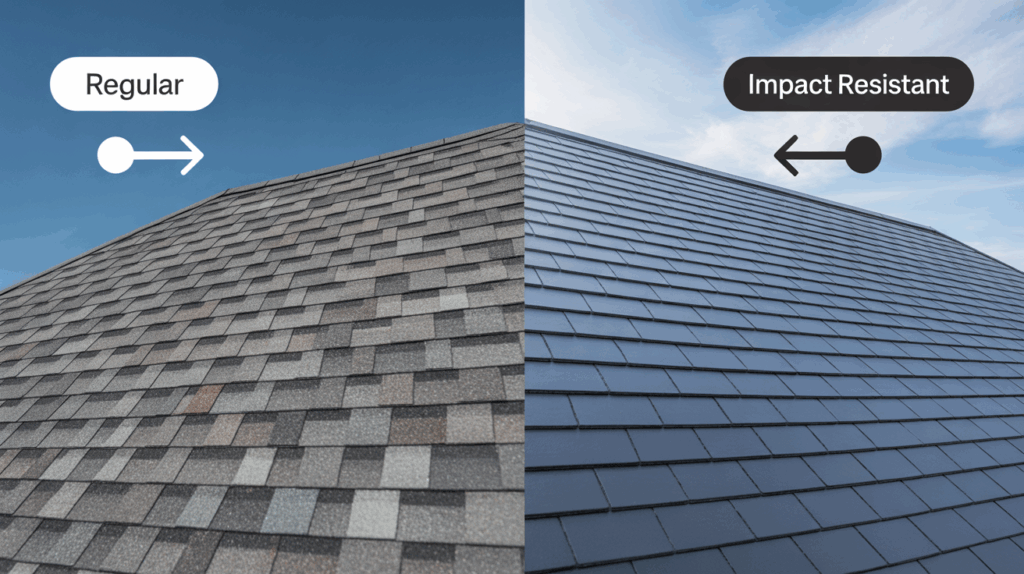
When deciding on a roofing material, it’s essential to weigh your options carefully. Regular roofs might seem cost-effective initially, but impact resistant roofs offer long-term value and protection.
Below is a comparison to help you make an informed choice:
| FEATURE | REGULAR ROOF | IMPACT RESISTANT ROOF |
|---|---|---|
| Durability | Moderate; prone to damage | High; resists hail and wind-borne debris |
| Lifespan | 15–20 years | 30+ years with proper maintenance |
| Insurance Benefits | Limited or none | May qualify for premium discounts |
| Initial Cost | Lower upfront | Higher upfront, long-term savings |
| Maintenance Needs | Frequent inspections and repairs | Minimal upkeep required |
Choosing an impact-resistant roof means paying more upfront, but gaining superior protection, savings, and peace of mind for years to come.
Ideal Scenarios for Installing Impact-Resistant Roofs
Impact-resistant roofs are best suited for areas frequently affected by severe weather.
Homeowners in hail-prone regions, such as the Midwest, or coastal zones exposed to hurricanes and high winds, greatly benefit from this durable option.
They’re also ideal for homes surrounded by trees or wooded areas, where falling branches pose a threat. If your property is located in a region with high insurance premiums due to storm risks, upgrading to an impact-resistant roof may qualify you for discounts.
Additionally, if you’re building a forever home or investing in long-term value, this roof type ensures peace of mind and fewer repair costs over time.
It’s a smart choice for both protection and performance.
Insurance and Financial Perspective
Impact-resistant roofs are increasingly viewed as a strategic financial investment. Insurance companies recognize their potential to significantly reduce claim costs associated with weather damage.
Homeowners installing these roofs often qualify for premium discounts, which can range from 5% to 20%, depending on the region and specific coverage.
The higher upfront cost is offset by extended roof lifespans—typically 30 years or more, compared to 15-20 years for standard roofs.
By minimizing potential repair expenses and providing superior protection, these roofs represent a smart risk management strategy that benefits both homeowners and insurance providers.
Impact-Resistant Roof Maintenance Tips
Even though impact-resistant roofs are built for durability, regular maintenance ensures they continue to perform at their best.
Following a few simple steps can prevent minor issues from becoming costly repairs. Here are essential tips to keep your roof in top shape:
Inspect after storms for signs of damage or debris buildup
Clear gutters regularly to avoid water pooling and leaks
Trim overhanging branches to reduce the risk of impact damage
Schedule annual professional inspections to catch hidden issues
Remove moss or algae buildup with safe, non-abrasive cleaners
By staying proactive with maintenance, your impact resistant roof will deliver lasting protection and maintain its value year after year.
Wrapping It Up
Investing in an impact-resistant roof represents more than just a home improvement: it’s a strategic decision for long-term property protection and financial wisdom.
While the initial cost may seem higher, the benefits far outweigh the investment, from reduced maintenance expenses to potential insurance discounts and increased property value.
Homeowners in storm-prone regions, particularly those in the Midwest or coastal areas, will find these roofs to be an essential shield against environmental challenges, providing peace of mind and superior protection for years to come.

